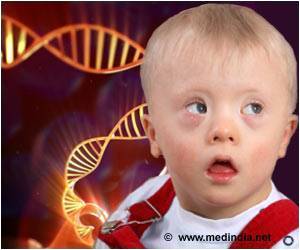Bisexual men may have inherited their attraction to males through hyper-heterosexual female family members, according to a new research.
New research indicates that bisexual men may have inherited their attraction to males through "hyper-heterosexual" female family members.
Earlier studies have suggested that genes influencing sexual orientation in men also make women more likely to reproduce.Andrea Camperio Ciani and colleagues at the University of Padua, Italy, showed that the female relatives of homosexual men tend to have more children, suggesting that genes on the X chromosome are responsible.
ow the team has shown that the same is true for bisexuality.
To reach the conclusion, the researchers asked 239 men to fill out questionnaires about their families and their past sexual experiences. On the basis of their answers, the men were classified as heterosexual, bisexual or homosexual.
The results showed that the maternal aunts, grandmothers and mothers of both bisexual men and homosexuals had more children than those of heterosexual men.
Camperio Ciani emphasises that, rather than being a "gay gene", this unidentified genetic factor is likely to promote sexual attraction to men in both men and women.
This would influence a woman's attitude rather than actually increasing her fertility, making her likely to have more children.
Simon LeVay, a neuroscientist and writer based in West Hollywood, California, describes this as a sort of "hyper-heterosexuality" and explains how it would help to ensure that homosexual behaviour was passed on through the generations.
"The positive effect of an X-linked gene on female fecundity tends to outweigh the negative effect of the gene on male fecundity," New Scientist quoted Simon, as saying.
According to Camperio Ciani and colleagues, the same genetic factor appearing to be present in both bisexual and homosexual men provides further support for the idea that sexuality is determined by a complex mix of genes and experience.
The study has been published in the Journal of Sexual Medicine.
Source-ANI
RAS/N
 MEDINDIA
MEDINDIA



 Email
Email




